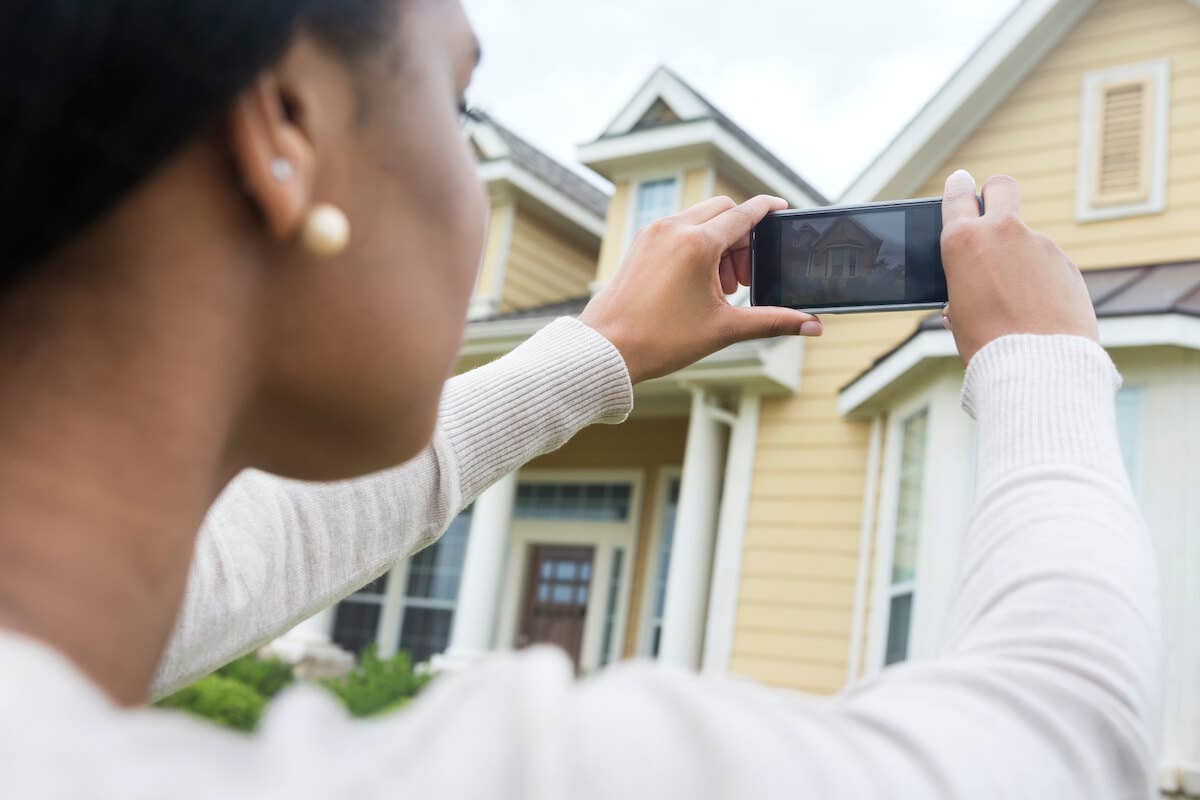Our agents get asked, “Do you need an inspection for homeowners insurance?” quite a bit. In many cases, you need some sort of home inspection to get a policy on your home.
However, you should note that several types of inspections can occur during our underwriting process. Some are required for certain homes, and others can help you lower your home insurance premium. Let’s take a closer look at these inspections and when they might come into play.
Home inspection
Most insurance companies ask for a home inspection at some point during the application process. At Kin, we ask some of our members to inspect the interior of their own homes once their coverage is bound, or confirmed. We may also require an inspection of your home’s exterior if it’s more than 10 years old. However, homes that are less than 32 years old, have masonry construction and have roofs that are less than 15 years old are sometimes exempt from that requirement. Homes with metal or tile roofs may also be exempt.
Sometimes, homeowners will have to inspect both the interior and exterior of their homes. This is usually required if your home is more than 40 years old or you need more than $1 million for Coverage A.
4-point inspection
The next inspection on our list is the four-point inspection. These are fairly common in coastal areas like Florida, and they’re generally only required on older homes. Four-point inspections don’t have standardized rules, but inspectors generally look at your home’s:
- Electrical wiring and panels.
- Heating, ventilation, and air conditioning.
- Plumbing.
- Roof.
Four-point inspections are usually rather quick, taking only about 30 minutes to complete.
Please note: A four-point inspection is not the same as the home inspection explained above, so one cannot be substituted for the other.
How does a self-inspection work?
Our self-inspection process is powered by National Insurance Inspection Services (NIIS). NIIS sends homeowners who are required to have an inspection a text and an email with a link to complete the inspection. The inspection itself entails taking photos of various parts of the home, such as the:
- Plumbing.
- Electrical.
- Exterior.
Homeowners who do not complete the self-inspection within 7 days of receiving the link are contacted by an inspector via phone to schedule an in-person inspection.
Wind mitigation inspection
Florida homeowners looking to lower their insurance costs can opt for a wind mitigation inspection. For this inspection, you need to hire a certified inspector to come to your home and evaluate how wind-resistant it is. Key features the inspector considers include:
- Roof shape.
- Roof coverings.
- Roof deck.
- Roof deck attachment.
- Roof-to-wall attachments.
The inspector also looks for a secondary layer of protection against rain and assesses how wind-resistant your windows and doors are.
Wind mitigation inspections are not required in Florida, but they are a very good idea because they can help you save money. Savings can range from a couple of hundred dollars to more than $1,000 if your home has the right mitigation features in place.
Roof inspection
If you read between the lines of the previous sections, you can see that roofs are the top concern for most insurers. That’s particularly true in hurricane-prone Florida, where older roofs can make it difficult to get homeowners insurance. But new legislation helps these homeowners get coverage by demonstrating their roof has more than five years of useful life left.
To qualify, homeowners must:
Like wind mitigation inspections, roof inspections aren’t required. You only need one if you live in Florida, have an older roof, and want to get an HO3 policy.


